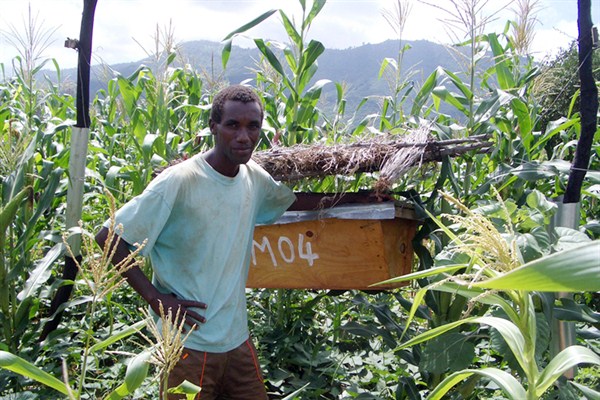Leaders from Kenya, Rwanda and Uganda officially launched the East Africa Exchange early last month. In an email interview, Jendayi Frazer, managing partner of the East Africa Exchange and director of the Center for International Policy and Innovation at Carnegie Mellon University, discussed the East Africa Exchange’s role in improving farmers’ market access.
WPR: How will the exchange serve as an interface between producers on the ground and emerging East African markets?
Jendayi Frazer: The East African agricultural marketplace is characterized by information asymmetry, non-standardized products and high post-harvest losses. The East Africa Exchange (EAX) has developed a full set of services for participants along the value chain that will link producers with buyers to help create a connected, equitable market. EAX has deployed a NASDAQ trading platform to facilitate electronic trading and transparent price discovery throughout East Africa as well as provide a region-wide marketplace for producers. EAX uses a network of warehouses to store products that are listed on the exchange using world-class collateral managers and an electronic warehouse receipt system. Producers can deposit their goods at EAX warehouses with a 100 percent quality and quantity guarantee, meaning post-harvest losses are essentially reduced to zero. They will be able to use the warehouse receipt to gain access to agricultural financing through partnerships with banks while they wait for prices to recover after the harvest to sell. When we introduce a spot market later this year, farmers can, with the assistance of warehouse managers, post their goods for sale on the NASDAQ platform, which is then available to buyers throughout East Africa.

